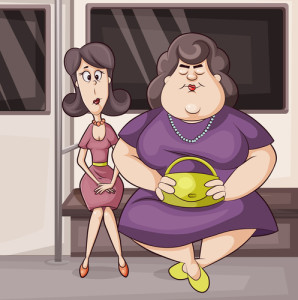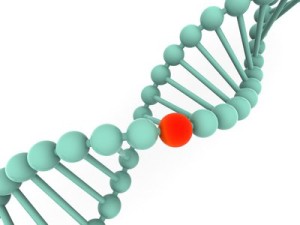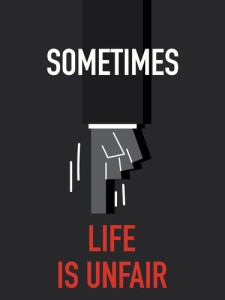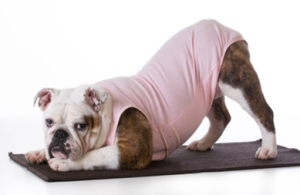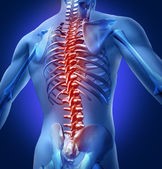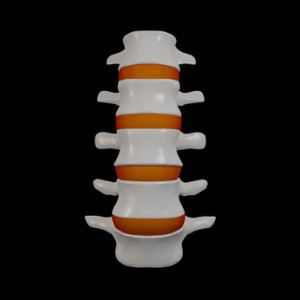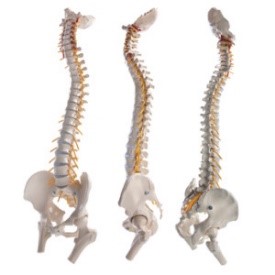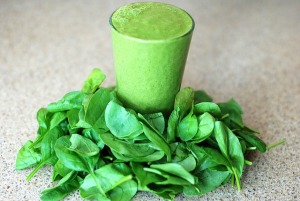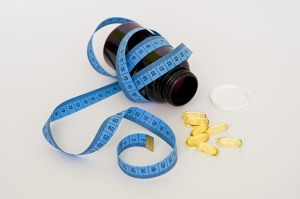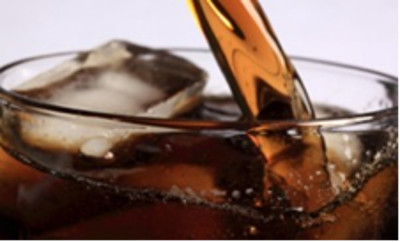
Author: Dr. Stephen Chaney
Recently, I came across an article which claimed an association between soda and arthritis. So, is soda one of the causes of arthritis? In previous health tips from the professor I have shared that soda consumption can cause weight gain and heart disease . As if that weren’t reason enough to avoid sodas, recent headlines suggest that sodas can also cause rheumatoid arthritis. That is a pretty strong claim, so let’s look at the study behind those headlines.
Do Sodas Cause Arthritis?
This study (Hu et al., American Journal of Clinical Nutrition, 100: 959-967, 2014) followed 79, 570 women enrolled in the first Nurse’s Health Study (NHS) and 107,330 women enrolled in the second Nurse’s Health Study (NHS II) – that’s a total of 186,900 women – for at least 20 years. The women were aged 25-55 at the beginning of the studies and 857 of them developed rheumatoid arthritis over the next 20+ years.
All of the participants in the study filled out a questionnaire covering medical history, lifestyle and chronic disease at entry into the study and every two years afterwards. Compliance to this protocol was >90%, which is excellent for this type of study. The results were pretty impressive:
· Women who consumed ≥ 1 serving of sugar sweetened soda/day had a 63% higher risk of developing rheumatoid arthritis compared to women who consumed no sugar sweetened soda or consumed < 1 serving/month.
· The association between sugar-sweetened soda consumption and rheumatoid arthritis was much stronger for late-onset rheumatoid arthritis than it was for early-onset rheumatoid arthritis. When the authors restricted their analysis to women who developed rheumatoid arthritis after age 50, consumption of sugar sweetened sodas was associated with a 2.64-fold higher risk of developing rheumatoid arthritis (That’s a 264% increase).
· The type of sugar did not appear to matter. Sodas sweetened with sucrose and high-fructose corn syrup were equally likely to increase the risk of rheumatoid arthritis.
· There was no association between diet soda consumption and rheumatoid arthritis.
What Are The Strengths and Weaknesses Of The Study?
Strengths of The Study: The strengths of the study are fairly obvious.
This was a very large study and the effects (64%) and (264%) were also large. Those aren’t trivial differences. The size of the study and the magnitude of the effects bolster confidence in the outcome of the study.
Weaknesses of The Study:
This type of study measures associations. It doesn’t prove cause and effect. Therefore, the headlines saying “Soda Consumption is Associated With Arthritis” are more accurate than those saying “Sodas May Cause Arthritis”.
In studies of this kind we can never be sure whether the variable that was measured (soda consumption in this case) was responsible for the outcome or whether it was some other variable that wasn’t measured that was responsible for the outcome. In particular, the women who developed rheumatoid arthritis were also more likely to:
 · Have lower incomes.
· Have lower incomes.
· Exercise less.
· Have higher energy (calorie) intake.
· Have poorer diets.
· Take fewer multivitamins and other supplements.
The authors tried their best to compensate for these differences statistically, and the fact that the very large effects of soda consumption on rheumatoid arthritis occurrence were not significantly affected when these differences were taken into account adds confidence to their conclusions. However, it is never possible to exclude the possibility that some other variable they did not measure was responsible for the increase in rheumatoid arthritis.
Are Diet Sodas Off the Hook? Or,could They Be One of The Causes of Arthritis?
Could diet sodas be one of the causes of arthritis? This study showed no association between diet soda consumption and rheumatoid arthritis. Previous studies have suggested that diet sodas don’t increase the risk of heart disease to the same extent as sugar-sweetened sodas. Does that mean that you should just start drinking diet sodas rather than sugar sweetened sodas?
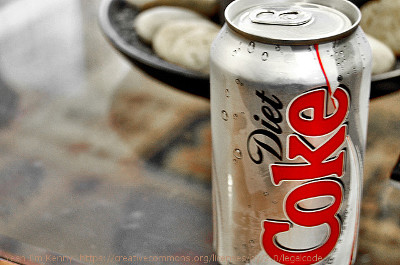 The answer is probably not. As I have pointed out in an earlier issue of “Health Tips From the Professor” , and has been confirmed by a recent meta-analysis of 24 clinical studies (Miller and Perez, American Journal of Clinical Nutrition, 100: 765-777, 2014), double blind studies in which all other caloric intake is carefully controlled generally show that people tend to gain slightly less weight when consuming diet sodas than when consuming sugar sweetened sodas.
The answer is probably not. As I have pointed out in an earlier issue of “Health Tips From the Professor” , and has been confirmed by a recent meta-analysis of 24 clinical studies (Miller and Perez, American Journal of Clinical Nutrition, 100: 765-777, 2014), double blind studies in which all other caloric intake is carefully controlled generally show that people tend to gain slightly less weight when consuming diet sodas than when consuming sugar sweetened sodas.
But in the real world, people consuming diet sodas are just as likely to be overweight as people consuming sugar sweetened sodas. People seem to compensate for the calories saved with diet sodas by consuming more Big Macs, Mrs. Fields cookies and extra large Stabucks Lattes. In the real world, water is the only non-caloric beverage that is actually associated with lower weight.
Is It Enough To Just Stop Drinking Sodas?
I have often paraphrased that famous line from Western movies: “Just put down that soda and back away, and nobody gets hurt”. But is it that simple? Can you prevent rheumatoid arthritis just by drinking less soda?
Once again, the answer is probably no. There are a number of factors that can increase your risk of developing rheumatoid arthritis. Experts will tell you that the causes of rheumatoid arthritis are largely unknown, but that genetic predisposition, smoking and excessive alcohol use can increase your risk.
However, because rheumatoid arthritis is an inflammatory disease I would add overweight; diets high in animal protein, saturated fats, trans fats and sugar; food allergies; gut health issues; stress & exhaustion and chronic infections – and lack of fresh fruits and vegetables, omega-3 fatty acids and regular exercise.
The clinical study I described above found that soda consumption was much more strongly associated with late onset rheumatoid arthritis than early onset rheumatoid arthritis. Based on those data I would speculate that early onset rheumatoid arthritis may be more strongly influenced by genetics and other lifestyle factors, whereas late onset rheumatoid arthritis may be more strongly influenced by sugar sweetened sodas and other sugary foods. Only time will tell if my hypothesis is true.
Is soda one of the causes of arthritis?
The Bottom Line:
1) A recent study reported that women who consume ≥ 1 serving of sugar sweetened soda/day have a 63% higher risk of developing rheumatoid arthritis compared to women who consume no sugar sweetened soda or consume < 1 serving/month.
2) The association between sugar-sweetened soda consumption and rheumatoid arthritis is much stronger for late-onset rheumatoid arthritis than for early-onset rheumatoid arthritis. For women who first develop rheumatoid arthritis after the age of 50, consumption of sugar sweetened sodas is associated with a 2.64-fold higher risk of developing rheumatoid arthritis (That’s a 264% increase).
3) The type of sugar does not appear to matter. Sodas sweetened with sucrose and high-fructose corn syrup are equally likely to increase the risk of rheumatoid arthritis.
4) There was no association between diet soda consumption and rheumatoid arthritis. However, this does not mean that diet sodas are a good thing. Consumption of diet sodas is just as likely to be associated with obesity as is consumption of sugar sweetened sodas, and some recent studies suggest that consumption of diet sodas is associated with high blood pressure.
5) This was a very large and well done study, but it only measures associations, not cause and effect. Further studies will be needed to confirm this observation. However, we already know that sodas are bad for us. This may be just one more reason to minimize our consumption of sodas.
6) We shouldn’t assume that we can prevent rheumatoid arthritis by simply cutting sodas out of our diet. Arthritis has multiple causes (see article above). We should aim for a healthier overall lifestyle if we wish to reduce our risk of developing rheumatoid arthritis and other diseases.
7) Osteoarthritis is much more common than rheumatoid arthritis. This study did not include women with osteoarthritis, so it is uncertain whether these results will apply to osteoarthritis as well.
8) Men are much less likely to develop rheumatoid arthritis than women, so it will be difficult to do a comparable study in men. However, it is likely that the same association between soda consumption and rheumatoid arthritis would be seen in men as well.
These statements have not been evaluated by the Food and Drug Administration. This information is not intended to diagnose, treat, cure or prevent any disease.
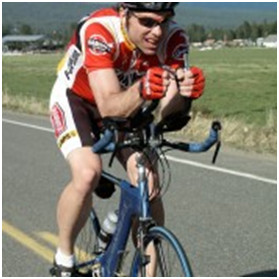 This past week I taught an ultra-cyclist how to relieve a bulging disc that was causing him a great deal of pain and preventing him from riding the distances he loves.
This past week I taught an ultra-cyclist how to relieve a bulging disc that was causing him a great deal of pain and preventing him from riding the distances he loves.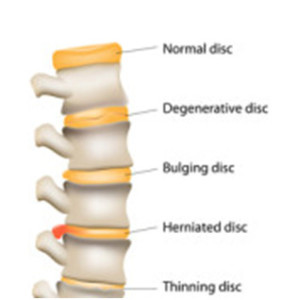 When a vertebra is pulled downward and toward the vertebra beneath it, it puts pressure on the disc between the two vertebrae. That pushes the gel-like substance inside the disc to press out the side.
When a vertebra is pulled downward and toward the vertebra beneath it, it puts pressure on the disc between the two vertebrae. That pushes the gel-like substance inside the disc to press out the side. Stand up straight, as shown, place one of your lower legs on to a chair. Keep your body as straight as possible. Without moving your pelvis at all, lean back with your mid-back.
Stand up straight, as shown, place one of your lower legs on to a chair. Keep your body as straight as possible. Without moving your pelvis at all, lean back with your mid-back. And as an alternative stretch, if you are able to use the floor, the Sphinx pose is a perfect stretch for the psoas and iliacus. Be sure to keep your pelvis on the floor.
And as an alternative stretch, if you are able to use the floor, the Sphinx pose is a perfect stretch for the psoas and iliacus. Be sure to keep your pelvis on the floor. Julie Donnelly is a Deep Muscle Massage Therapist with 20 years of experience specializing in the treatment of chronic joint pain and sports injuries. She has worked extensively with elite athletes and patients who have been unsuccessful at finding relief through the more conventional therapies.
Julie Donnelly is a Deep Muscle Massage Therapist with 20 years of experience specializing in the treatment of chronic joint pain and sports injuries. She has worked extensively with elite athletes and patients who have been unsuccessful at finding relief through the more conventional therapies.
